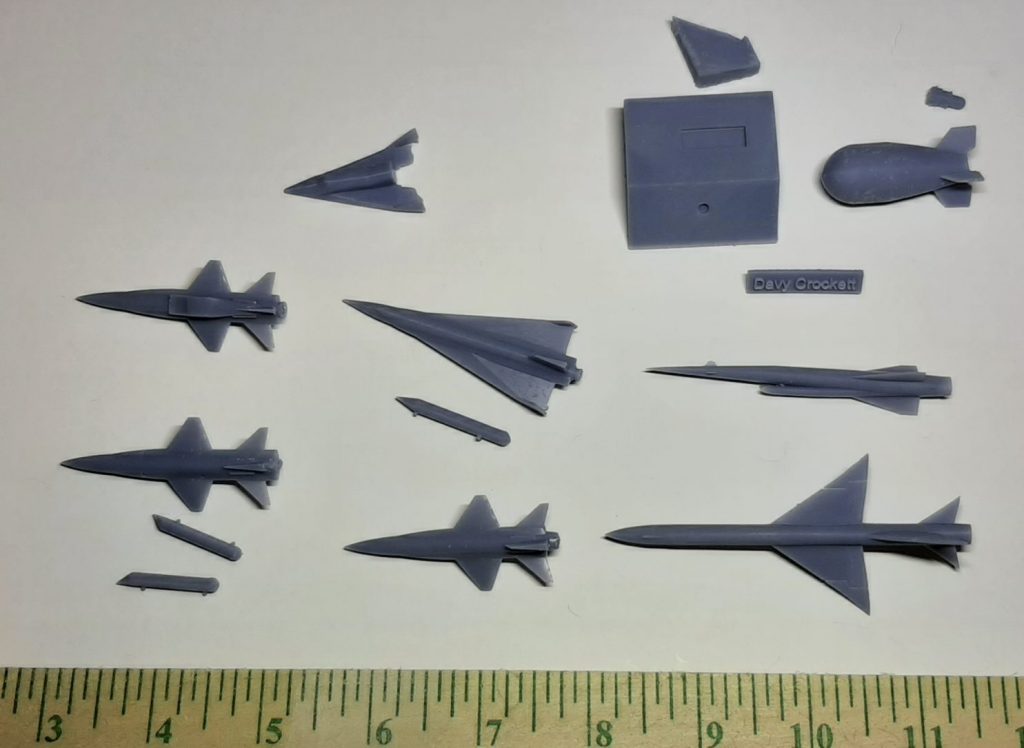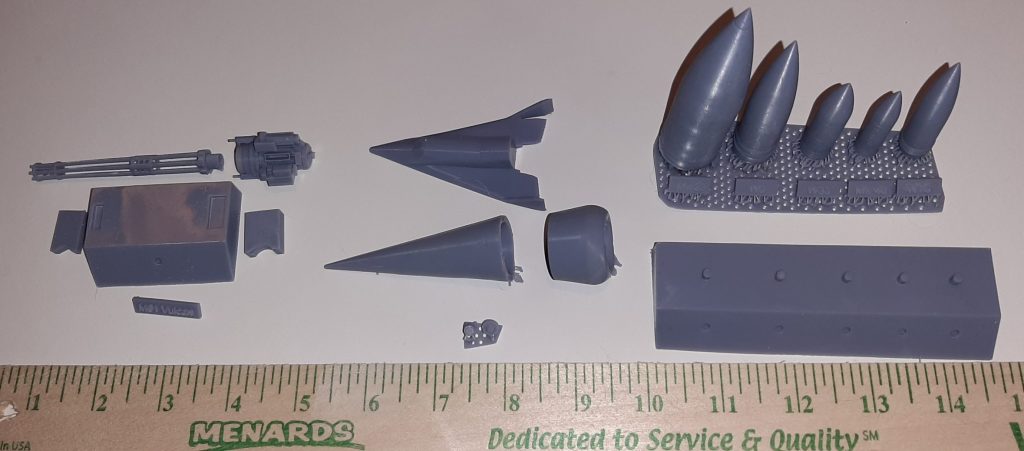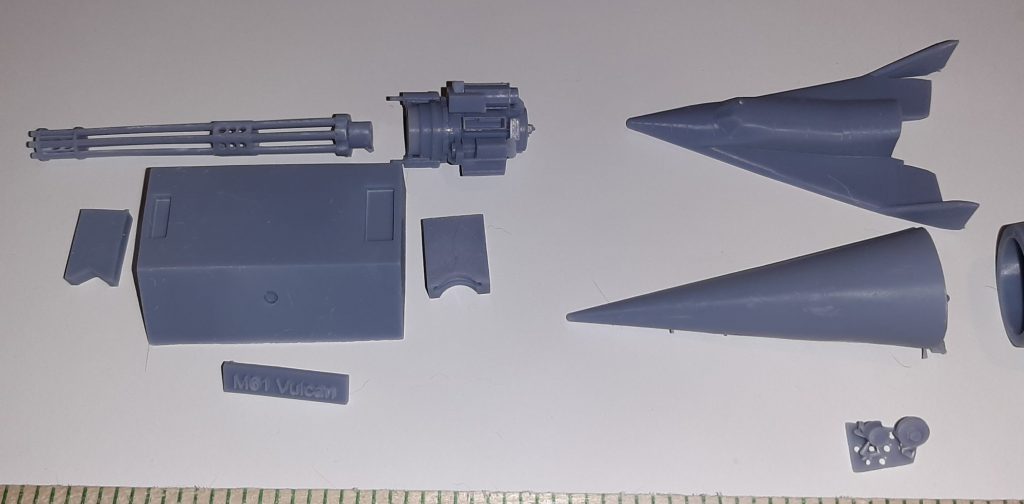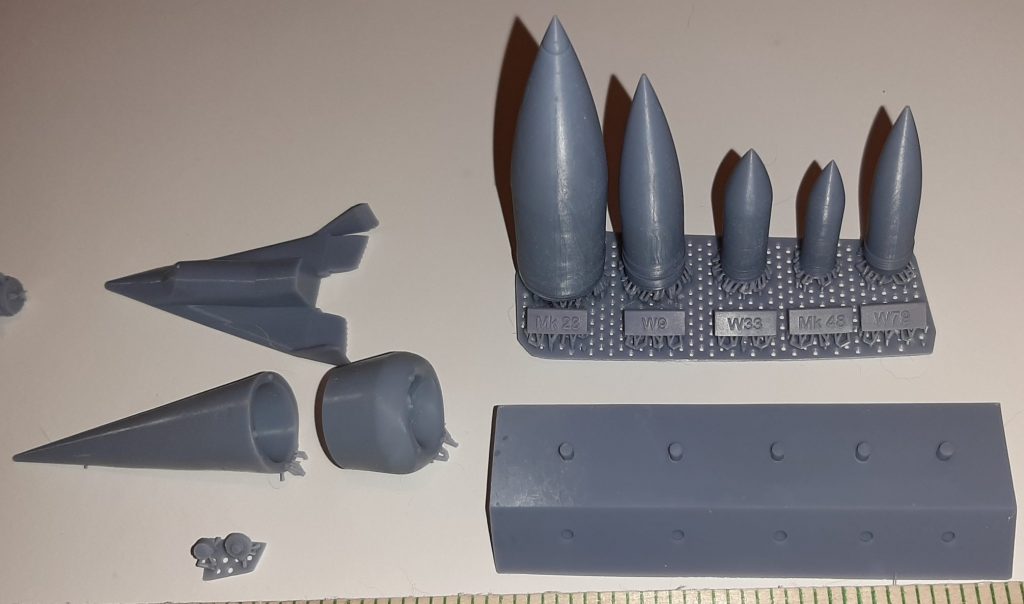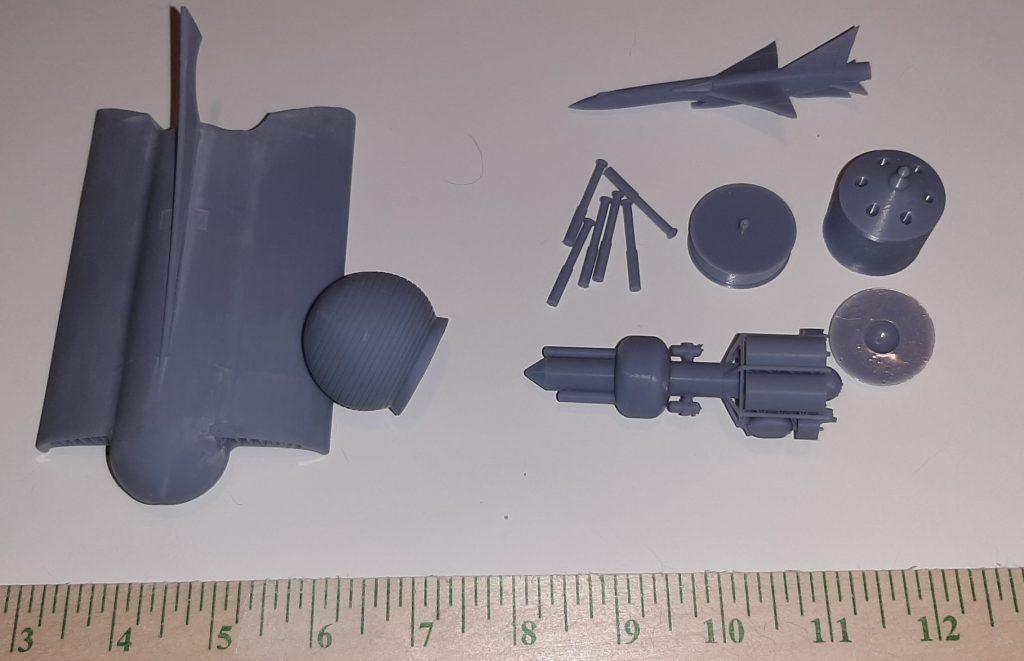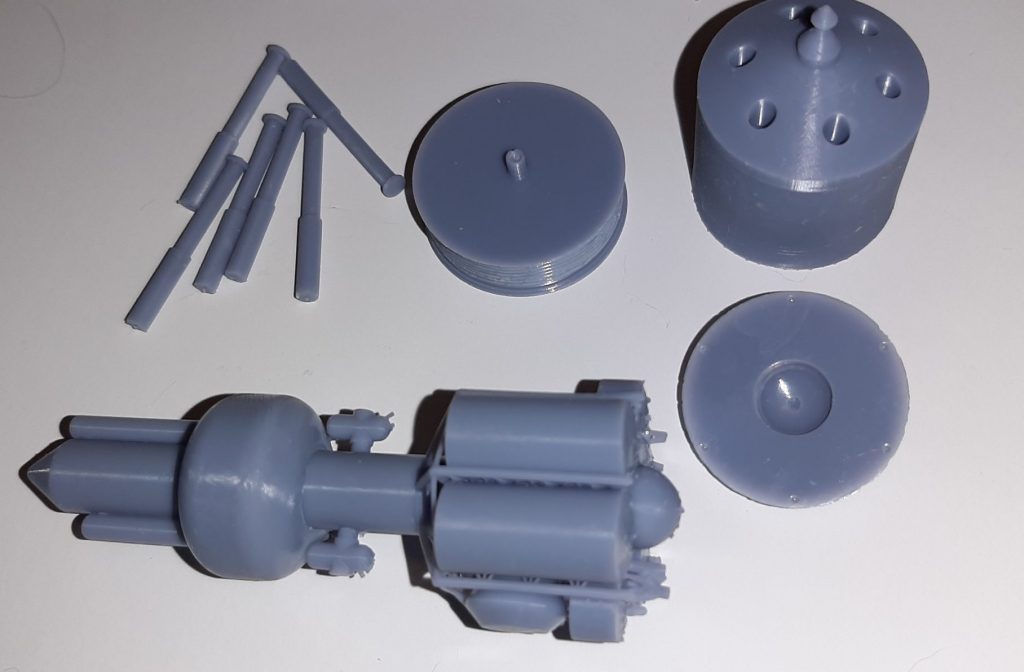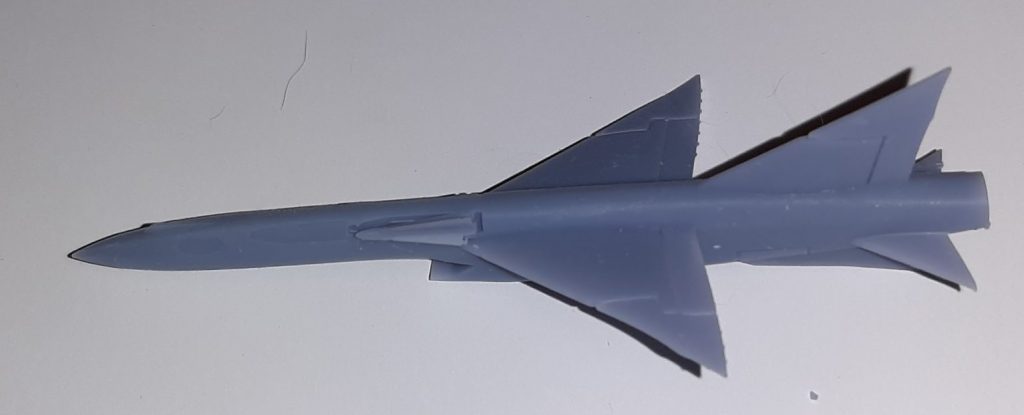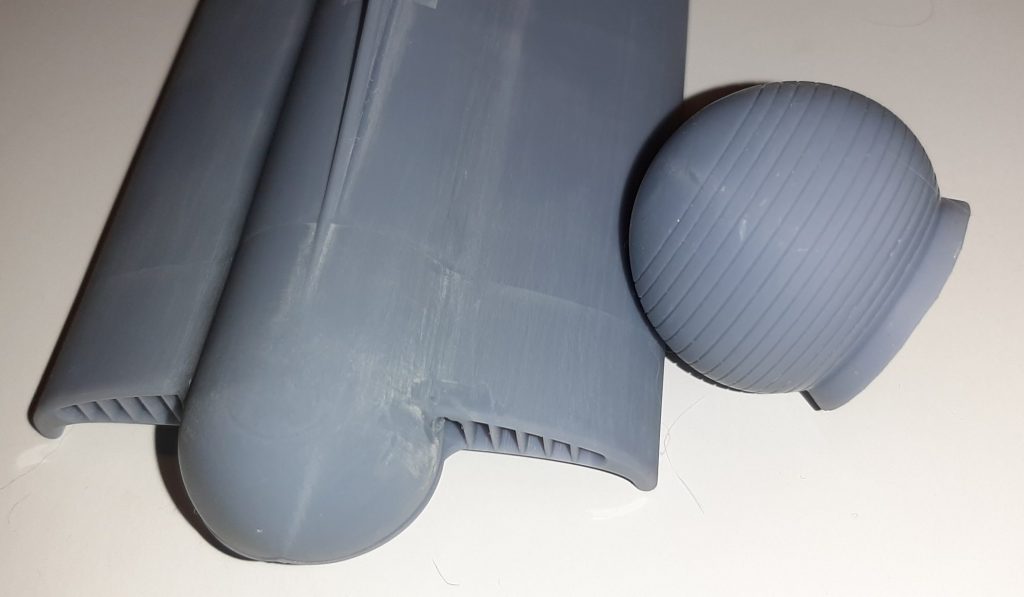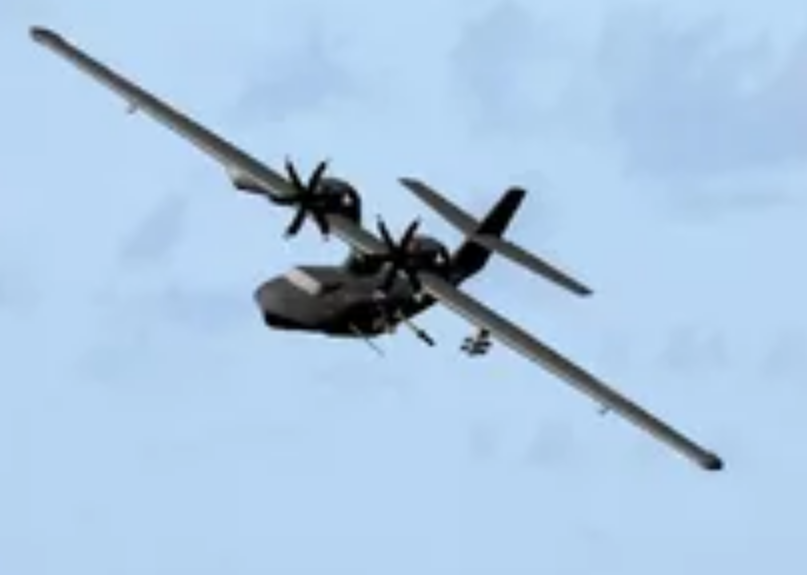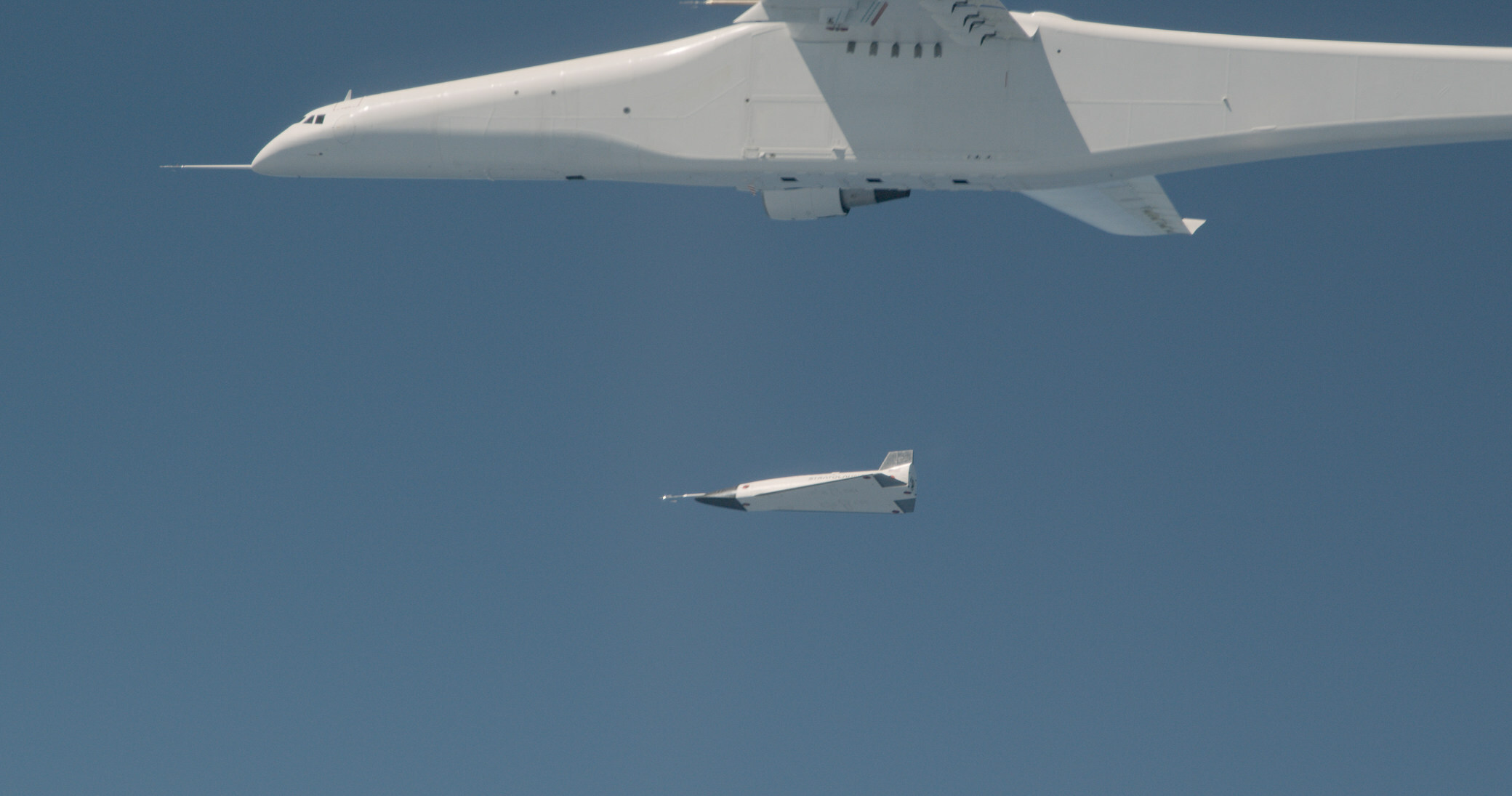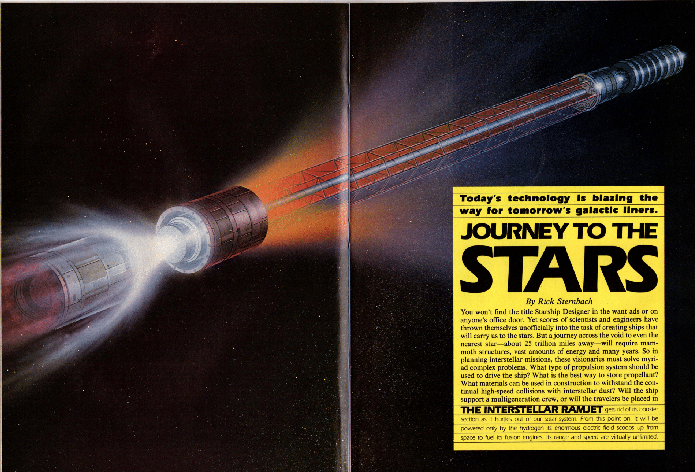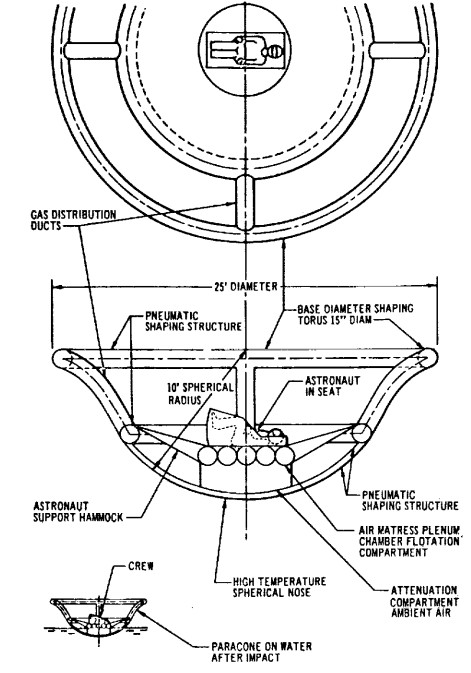The USSF wants to actually be able to do their job. Could we see the return of the heady days of the Star Wars program? Now that we have actual almost-affordable and mostly-reusable space launch, we just might. Get ready for the pages of Aviation Week to be filled with artists concepts of space based lasers, neutral particle beams, orbital and cisluanr assets of all kinds. Can we even dream of manned nuclear powered spacecraft patrolling the spacelanes?
Of course, a lot will depend on November.
https://www.sbir.gov/topics/11201
OBJECTIVE: The end state of this project is to establish a robust and sustainable framework for Space Sustainment and Maneuver, enabling companies to facilitate movement within the space domain across all orbital regimes, including travel to and from the moon. This initiative aims to overcome current limitations in maneuverability, thereby providing strategic advantages in space operations, such as maintaining initiative, achieving surprise, and outmaneuvering adversaries. By fostering innovation in areas such as on-orbit servicing, refueling, orbital transfer/maneuvers , and payload capabilities, the project seeks to ensure the survivability and effectiveness of space assets in NextGen Warfare scenarios. DESCRIPTION: The work to be accomplished entails a comprehensive exploration of space sustainment and maneuver technologies aimed at advancing superiority in orbital operations. This endeavor encompasses multiple facets, including but not limited to: 1. Core Technology Development: Refining and optimizing sustainment and maneuver solutions for improved maneuverability, efficiency, and strategic advantage. 2. Prototyping and Testing: Developing and testing key components like payloads, refueling systems, and autonomous maneuver strategies. 3. Advanced Payload Systems: Integrating space domain awareness, cognitive radios, on-orbit servicing , and electromagnetic spectrum capabilities. 4. Innovative Refueling Technologies: Implementing innovative solutions, such as optimized propellant selection and architectures for on-orbit refueling. 5. Next-Generation Orbital Transfer/Maneuvers Strategies: Developing efficient orbital transfer/ Maneuver techniques for prolonged asset lifespan and gaining a strategic advantage. 6. Logistics Architecture: Designing robust on-orbit systems for resource management, maintenance, and repair in extended space operations. 7. Enhanced Security Measures: Implementing data protection, cybersecurity, and edge computing solutions for space assets. 8. Integration with Existing Systems: Ensuring seamless integration with current space infrastructure and operational processes.
